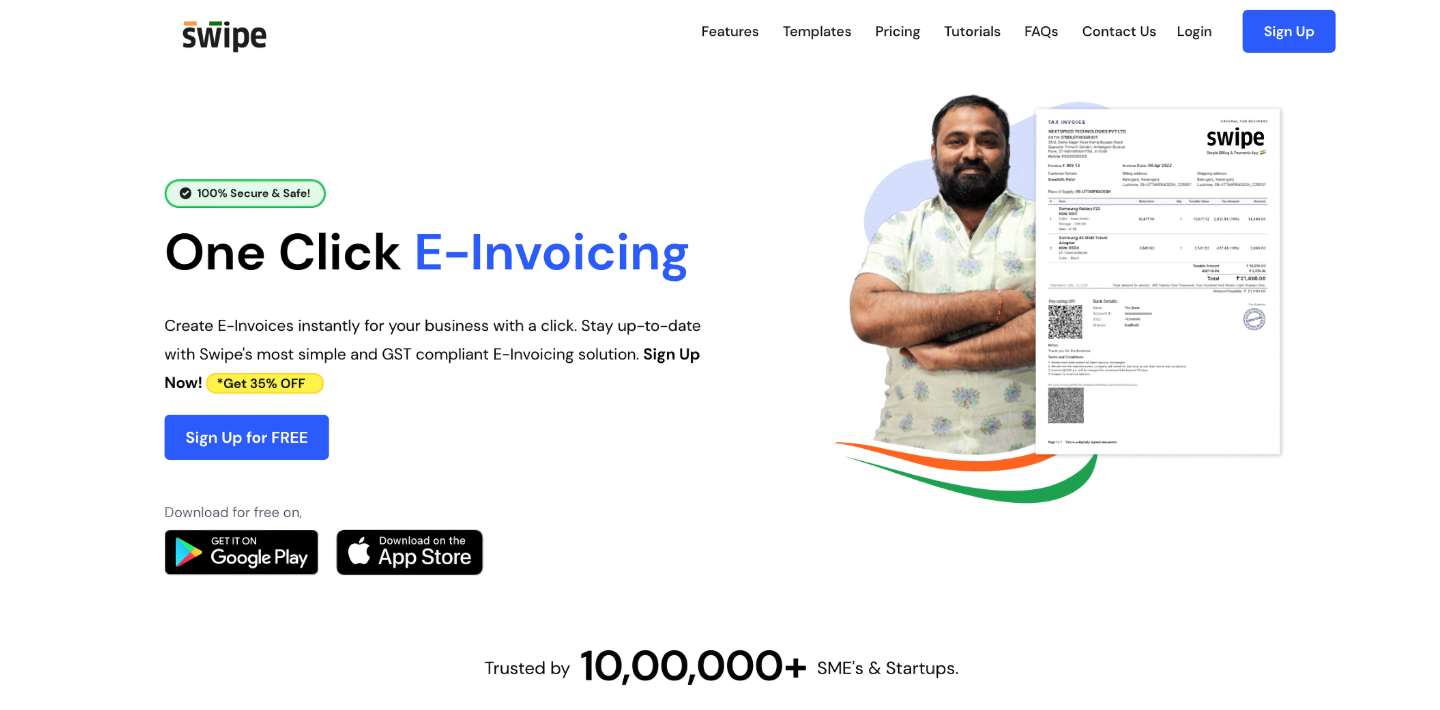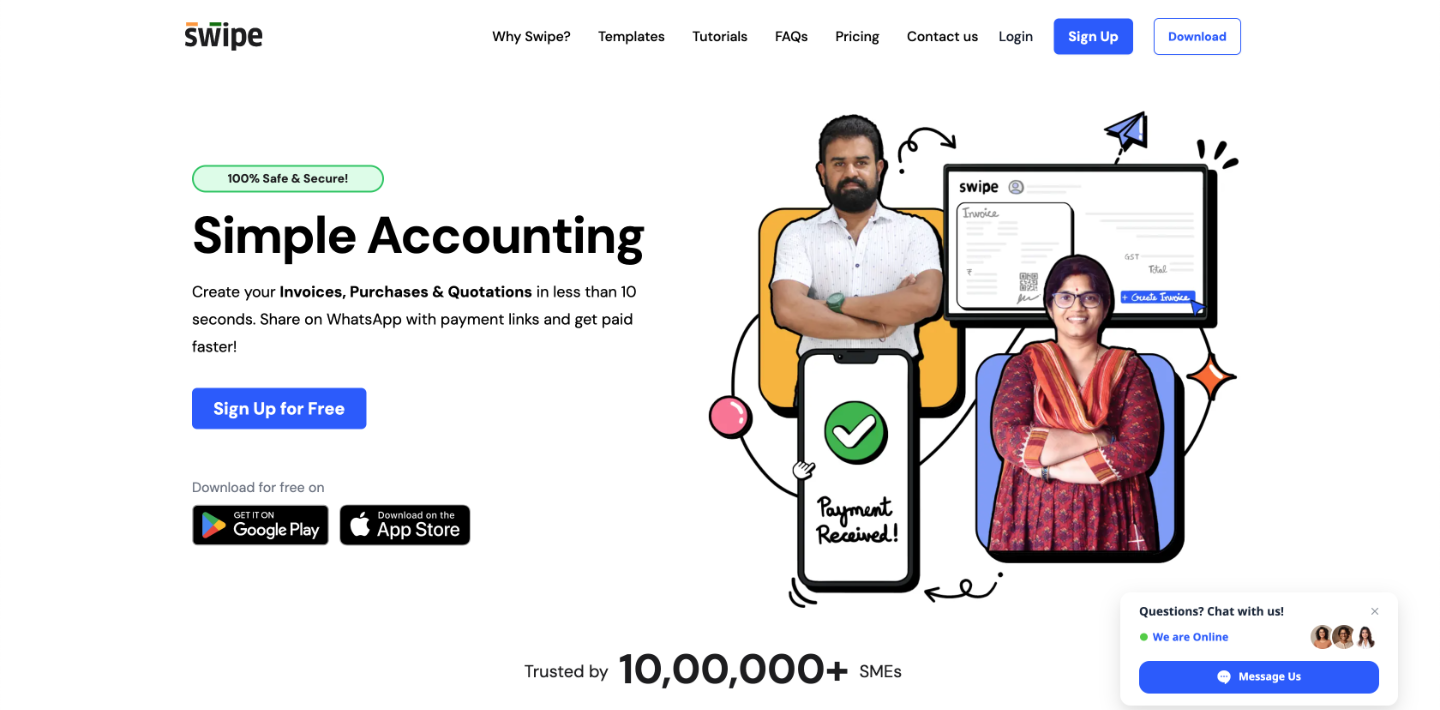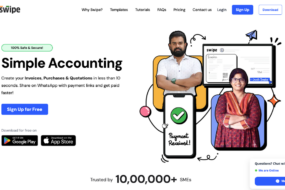
This fantastic guide is divided into five parts. Check the categories below.
- The primary info about usability testing
- Methods of usability testing
- How to start your usability testing
- How to make usability testing part of the designing process
- Parting terms
- The Primary Info about Usability Testing
Usability is the activity carried to test the effectiveness, satisfaction, and efficiency of a particular product. Your product should be pretty and also attractive to be used by a large number of people. If your people experience some difficulties when using your product, you face a lot of losses and problems in your business.
Usability testing is always important because it makes it easy for people to use your product.
- Methods of Usability Testing: In this section, we have four different kinds of usability testing methods.
- Behavioral
- Attitudinal
- Qualitative
- Quantitative
These great methods are further paired according to how they work best.
-Behavioral versus Attitudinal: Behavioral method entails measuring and watching people when they are using a particular product. Some of the examples of behavioral usability testing include laboratory studies, A/B testing, eye-tracking, and more. The attitudinal method encompasses studying peoples’beliefs, culture, and opinions in a close way.
–Quantitative versus Qualitative: The difference between these two methods is how data is collected. Qualitative usability testing is interpreting people’s attitudes and behaviors directly. How people react with your product is evaluated in this method. Quantitative usability collects data of users attitudes and behaviors in an indirect.
- How to start your Usability Testing: If you are a starter in Usability testing process, it is recommended to start small and progress with time. Before you start usability testing first prepare adequately for resources, tools, and other stuff that you may need on your journey. Here are some of the most important points that you should consider for usability testing:
- Find a particular group of people who may be interested in your product
- Spend some time with them on how they are using your product
- Ask them what they have identified when using your product
- How to make usability testing part of your designing process: You should set your goals clearly, analyze the outcome, and improve on the outcome.
Here are some three important steps that you should consider:
- Come up with a usability testing day and stick to it
- Track results and set your goals
- Come up with a team that can execute your strategy
5. Parting Words: You should come up with brief words at the end of your usability test that will help people to remember your product in a straightforward manner.
















